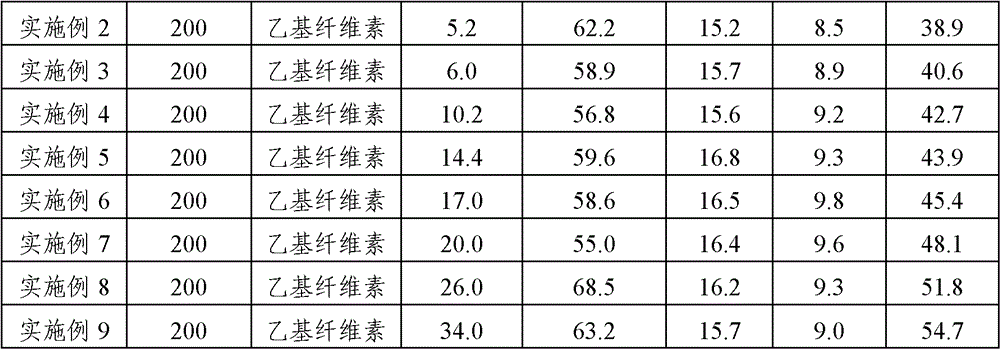Electrode material for aluminum electrolytic capacitor and method for manufacturing the material
A technology of aluminum electrolytic capacitors and electrode materials, which is applied in the direction of electrolytic capacitors, capacitor electrodes, capacitors, etc., can solve the problems of insufficient porosity, gaps buried in gaps, difficulty in obtaining electrostatic capacity, etc., and achieve the effect of easy control and easy electrostatic capacity
- Summary
- Abstract
- Description
- Claims
- Application Information
AI Technical Summary
Problems solved by technology
Method used
Image
Examples
preparation example Construction
[0051] 2. Preparation method of electrode material for aluminum electrolytic capacitor
[0052] The preparation method of the electrode material for aluminum electrolytic capacitor of the present invention is characterized in that, the method comprises:
[0053] (1) The first step of forming a film made of a paste composition containing powder of at least one of aluminum and aluminum alloys, and cellulose other than nitrocellulose resin, on a substrate. resin; and
[0054] (2) In the second process, the film is sintered at a temperature of 560° C. to 660° C.; and the etching process is not included.
[0055] The preparation method of the present invention having the above-mentioned characteristics has the following characteristics, in particular, a specific paste composition is used in the first step. By using a cellulose resin other than nitrocellulose as an essential component of the paste composition, it is possible to control aluminum or aluminum alloy powder particles...
Embodiment 1~9
[0100] Cellulose resins other than nitrocellulose were dissolved in a solvent (toluene-IPA), mixed with aluminum powder (JIS A1080, manufactured by Toyo Aluminum Co., Ltd.) with an average particle diameter of 5.0 μm, and dispersed to obtain Coating solution with solid content shown in 1. This coating solution was applied to both sides of a 30 μm thick aluminum foil (JIS 1N30-H18) with a comma coater to almost the same thickness, and the film was then dried. The aluminum foil was sintered in an argon atmosphere at a temperature of 615° C. for 7 hours to obtain an electrode material. The thickness of the sintered electrode material is about 130 μm.
[0101] The electrostatic capacity and porosity of the prepared electrode materials are shown in Table 1.
[0102] Table 1
[0103]
[0104]
[0105] Existing Examples 1 and 2 and Examples 1 to 9 are electrode materials obtained by a preparation method that does not include etching treatment, but in Existing Examples 1 and ...
PUM
| Property | Measurement | Unit |
|---|---|---|
| particle size | aaaaa | aaaaa |
| thickness | aaaaa | aaaaa |
| porosity | aaaaa | aaaaa |
Abstract
Description
Claims
Application Information
 Login to View More
Login to View More - R&D
- Intellectual Property
- Life Sciences
- Materials
- Tech Scout
- Unparalleled Data Quality
- Higher Quality Content
- 60% Fewer Hallucinations
Browse by: Latest US Patents, China's latest patents, Technical Efficacy Thesaurus, Application Domain, Technology Topic, Popular Technical Reports.
© 2025 PatSnap. All rights reserved.Legal|Privacy policy|Modern Slavery Act Transparency Statement|Sitemap|About US| Contact US: help@patsnap.com


